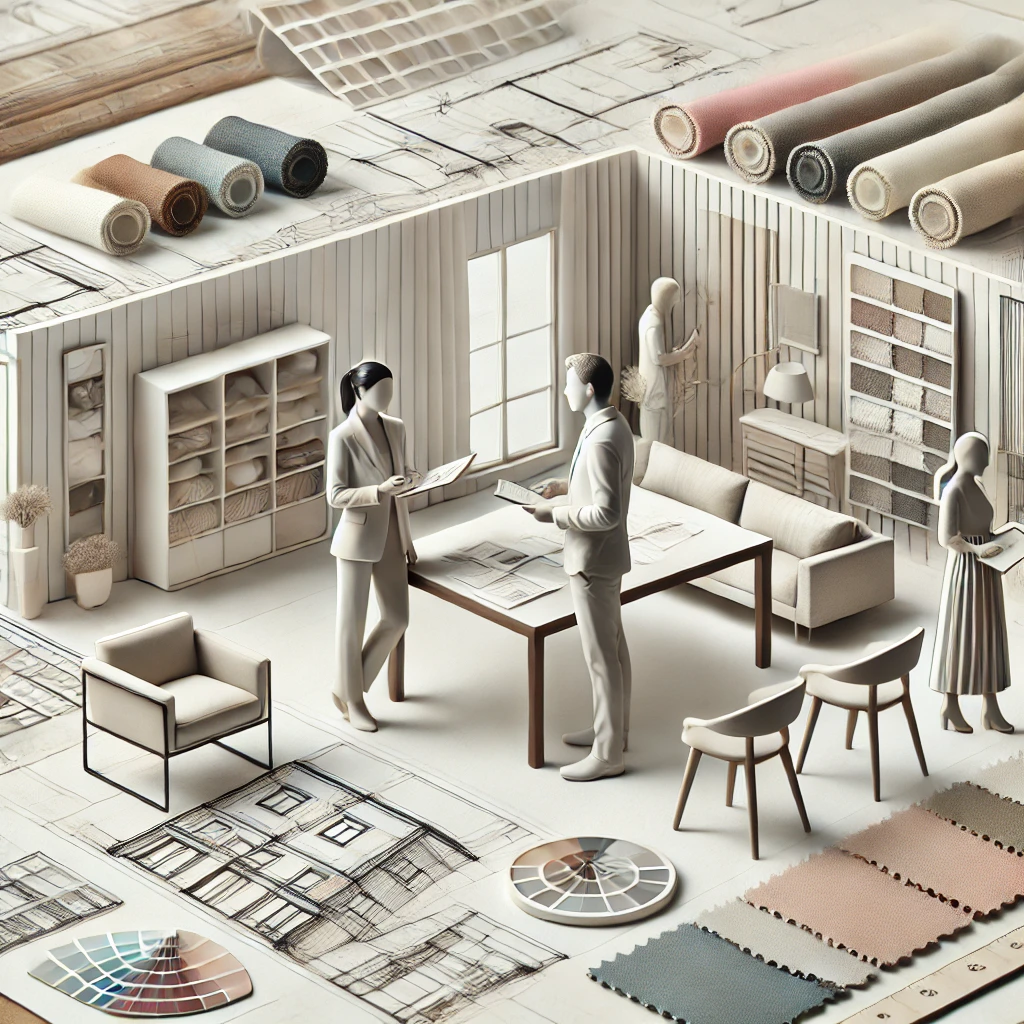
Client Collaboration
Interior design is not just about bringing an aesthetic vision to life; it’s also about meeting the needs and expectations of the client. Successful interior design is achieved through strong collaboration between the designer and the client.
Client collaboration plays a critical role at every stage of the design process, ensuring the project is completed successfully.
In this article, we will discuss why client collaboration is so important in interior design and how it can be effectively managed.
1. Identifying Needs and Expectations
2. Continuous Communication and Feedback
3. Flexibility and Innovative Solutions
In every design process, deviations from the initial plans or new needs may arise. At this point, the interior designer needs to be flexible and provide innovative solutions.
Working collaboratively with the client to address new needs that arise is crucial for the success of the design. Responding quickly and effectively to client requests enhances client satisfaction.
4. Creating a Shared Vision with the Client
The key to a successful interior design is creating a shared vision with the client. This vision ensures that the space is designed in the best possible way, both aesthetically and functionally.
To bring the client’s dream space to life, it is necessary to combine the interior designer’s professional knowledge with the client’s personal preferences. This shared vision guides all decisions made throughout the design process.
5. Project Management and Implementation
The final stage of the design process, implementation, and project management, also requires client collaboration. During this phase, the interior designer must maintain constant communication with the client to ensure the design is successfully brought to life. Any issues that arise during project management should be resolved in collaboration with the client, and the project should be completed within the planned time frame. This collaboration guarantees that the project results in client satisfaction.
